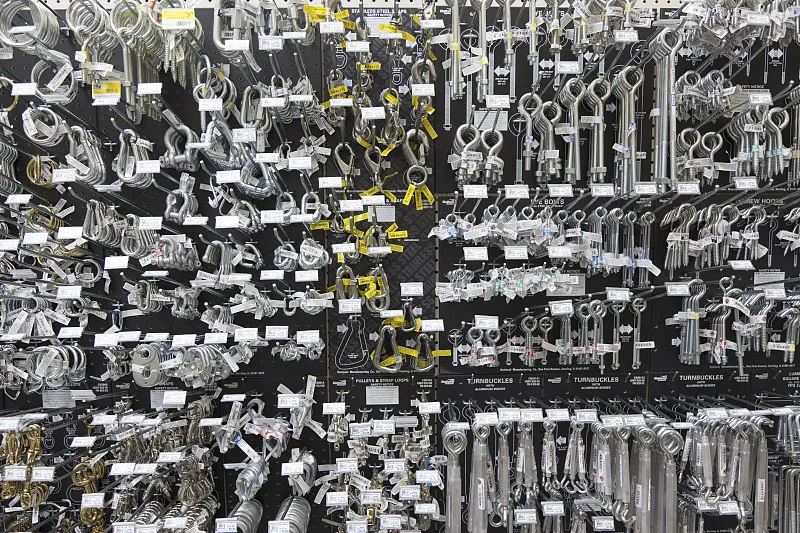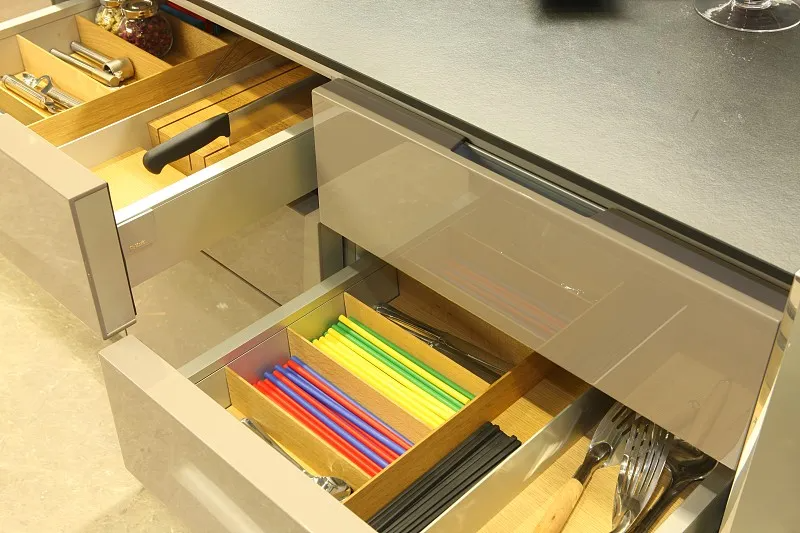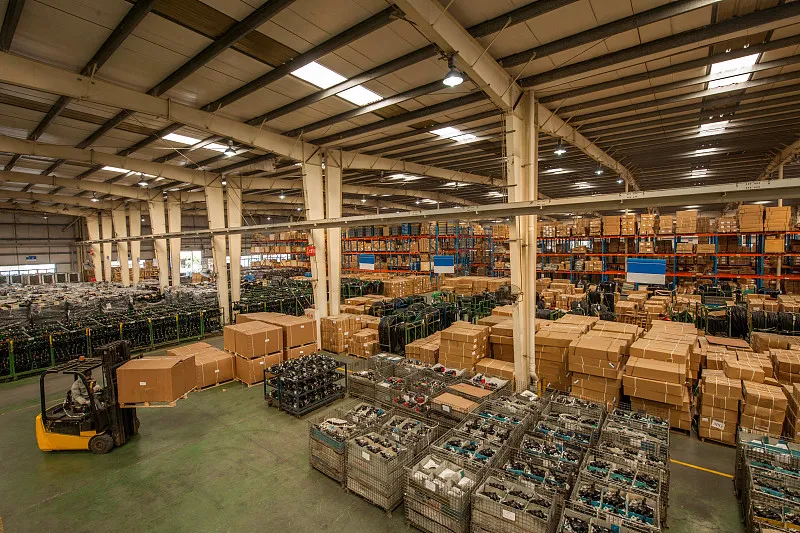Building Resilient Supply Chains | Furniture Hardware Industry Strategy

In today’s uncertain global economic environment, “supply chain resilience” has become a high-frequency term in manufacturing and import-export industries. For the furniture hardware industry, which heavily relies on upstream and downstream partnerships and logistics efficiency, this is not only a guarantee for enterprise risk resistance but also the cornerstone of sustainable industry development.
So what exactly is supply chain resilience?
Simply put, it’s the ability of supply chain systems to quickly recover and adjust when facing unexpected events or market fluctuations. The “supply disruption wave” during the pandemic and the “raw material shortage” influenced by international situations have made the industry deeply aware that stable cooperation chains and rapid response mechanisms are more important than ever before.

Cheukho One-Stop Procurement Service: Technology + Collaboration + Brand
1. Leveraging Industrial Cluster Advantages
By utilizing industrial bases in Ningbo, Suzhou, Guangdong, and other regions, we form localized closed loops of “procurement—production—logistics,” reducing transportation and collaboration costs while fostering technological innovation through inter-enterprise cooperation and competition.
2. Technological Innovation Driving High-Value Product Output
We enhance industrial technology levels, particularly in intelligent manufacturing, high-quality furniture hardware, and environmentally friendly hardware products. Through technological and design innovation, products are gradually transitioning toward high-value-added segments.
3. Strengthening Global Supply Chain Agility
Leveraging China’s intelligent port logistics to achieve “72-hour global delivery,” and using cross-border e-commerce to reach end users directly, shortening transaction chains and increasing market share.
4. Brand Building to Enhance International Competitiveness
Beyond low costs and scale advantages, brand building and value enhancement are key to competing for market share. Strong brand image helps enterprises gain recognition and trust in international markets.

Key Pathways to Building Resilient Supply Chains
To move steadily forward amid turbulence, enterprises must proactively plan supply chain resilience construction, helping build more flexible supply chain systems and maintain competitive advantages in uncertain market environments.
1. Diversified Supply Systems
Establishing multi-source supply systems is the primary measure to enhance risk resistance. Enterprises should create alternative solutions for raw material procurement and component supply, particularly ensuring dual guarantee mechanisms for critical materials to avoid potential risks from single supply sources.
2. Localization and Regional Layout
Promoting supply chain development toward proximity, establishing supporting supply networks around major production bases to effectively shorten logistics radius, reduce cross-border transportation dependence, and improve response speed.
3. Advancing Digital Transformation and Upgrading
Through information system integration, achieve full-process digital management from procurement to delivery. Utilize intelligent forecasting technology to optimize inventory levels, dynamically adjust production plans, and comprehensively enhance operational efficiency and adaptability.
4. Improving Emergency Management Mechanisms
Establish professional supply chain risk management teams, develop detailed emergency response plans for various potential risk scenarios, ensuring rapid response and orderly handling during emergencies.

Industry Collaborative Platforms: Creating “Resilient Ecosystems”
Resilience isn’t a solo performance by individual enterprises but the combined force of the entire industry. Currently, more industrial parks, industry associations, and exhibition platforms in China are promoting furniture hardware enterprises to jointly build trust networks and share resources and cutting-edge technologies.
Strong supply chain resilience is the foundation for enterprises to navigate through cycles. Facing uncertain future business environments, the furniture hardware industry can only optimize chain layouts, embrace digital tools, and strengthen industry collaboration to stand firm during crises and seize opportunities during transformation.

